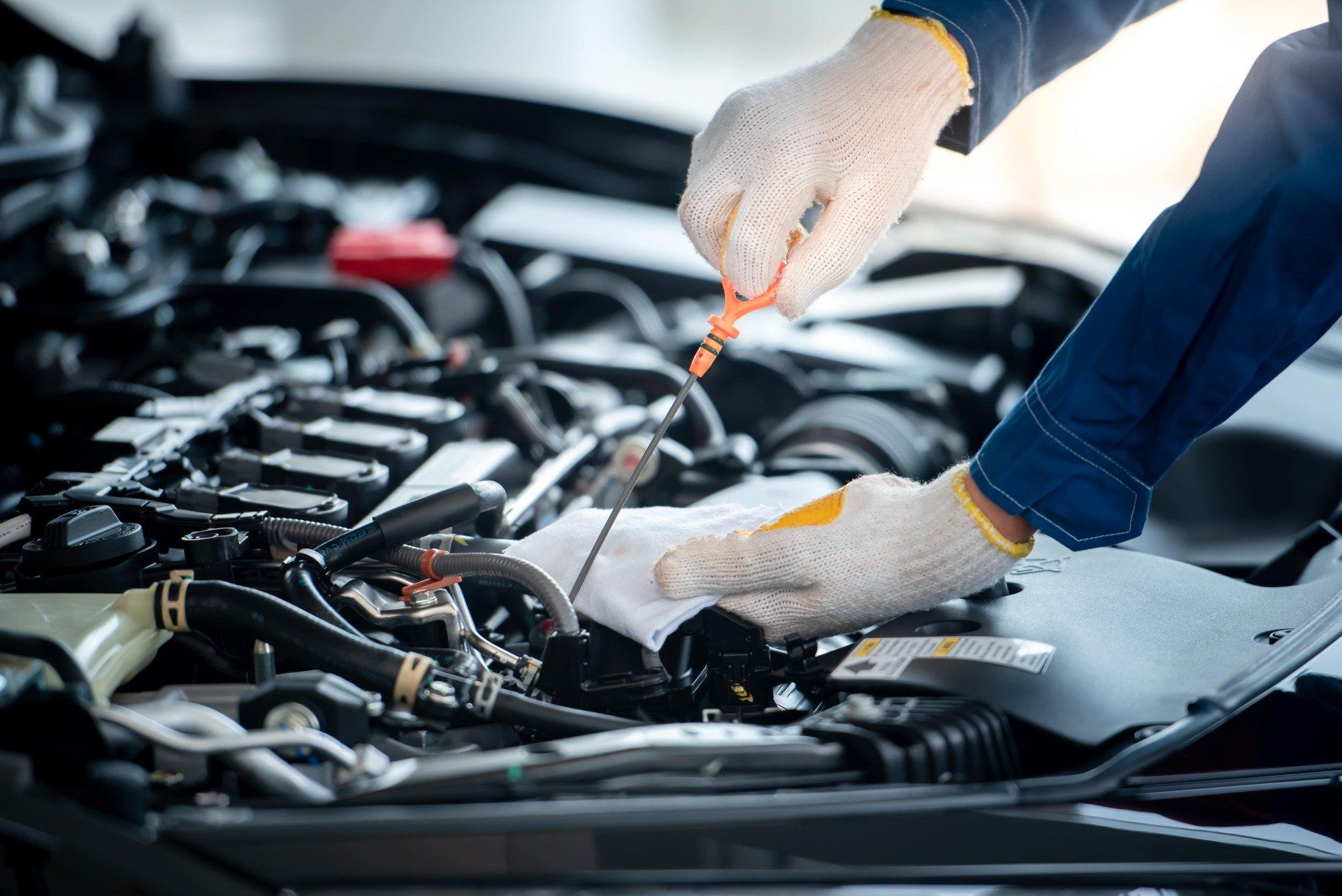Featured

[/image]

Preserving your car's tires is necessary to ensure a smooth, risk-free, and effective driving experience. Two crucial services that are often neglected however have a considerable influence on tire longevity and performance are tire turning and placement. These solutions help keep your automobile running effectively and prevent uneven tire wear that can affect both safety and security and gas economic situation. Allow's study what tire rotation and alignment are and why they are essential for your car.
What Is Tire Rotation? Tire rotation is the procedure of moving your tires from one position to an additional to guarantee they put on equally. Because your auto's tires operate at different prices relying on their placement (front tires versus back tires), rotating them consistently assists to distribute the wear uniformly, resulting in a much longer life-span for your tires.
Tires on the front axle have a tendency to use faster than those on the rear axle, especially in front-wheel-drive cars, where the front tires handle both steering and power. On the various other hand, rear tires might put on erratically relying on the automobile's weight distribution and driving conditions. By revolving your tires every 6,000 to 8,000 miles (or as advised by the maker), you'll guarantee a much more well balanced wear pattern.
What Is Tire Positioning? Tire alignment, likewise called wheel placement, describes changing the angles of your vehicle's wheels to the manufacturer's requirements. Proper positioning makes sure that your tires are directing in the appropriate direction, and it assists make best use of tire life and boost automobile handling. There are three main aspects of alignment: camber, wheel, and toe.
Camber refers to the tilt of the tires from the front of the automobile. If your tires are slanted as well much internal or exterior, it can trigger unequal wear. Caster describes the angle of the guiding axis when watched from the side of the vehicle. This affects the stability of the steering, specifically when driving straight. Toe refers to the angle at which the tires point inward or outside when checked out from above. This affects just how your vehicle tracks on the roadway. A correct placement makes certain that all four tires are directing straight ahead and are angled properly. Imbalance can arise from hitting potholes, visuals, or merely from the wear of suspension components in time.
Why Tire Turning and Placement Matter. Extended Tire Life. Both tire turning and alignment help prevent irregular tire wear. When your tires wear equally, they last longer, which can conserve you cash in the long run by minimizing the requirement for premature substitutes.
Improved Security. Appropriate tire turning and placement boost lorry security and handling. Misaligned tires or unevenly used tires can negatively influence your capability to steer and quit your car, particularly in emergency situation scenarios. Routine upkeep ensures your tires perform optimally, supplying a safer driving experience.
Better Fuel Effectiveness. If your tires are not straightened appropriately, they might drag versus the roadway surface area, causing resistance. This extra rubbing can minimize gas performance, causing your car to consume even more gas. Regular tire placement makes sure that your vehicle moves effectively, boosting gas mileage.
Boosted Convenience. Imbalance or unevenly used tires can result in a rougher experience, as your car may draw away or create vibrations. By maintaining your tires rotated and aligned, you'll enjoy a smoother and a lot more comfortable driving experience.
Signs That Your Tires Required Turning or Positioning. It's vital to stay sharp for any indicators that your tires need turning or placement. Keep an eye out for these typical indicators:
Irregular Tire Wear: If you see that one tire is dramatically more worn than the others, it might be time for a rotation or alignment. Steering Pull: If your automobile draws to one side while driving straight, this might indicate misalignment. Vibrations: If you feel vibrations in the guiding wheel or the cars and truck itself, it might be an indication of imbalance or uneven tire wear. Screeching Tires: Uncommon tire sound can likewise show improper alignment or the need for a tire rotation. Just how Usually Should You Turn and Straighten Your Tires? Tire rotation need to usually be done every 6,000 to 8,000 miles or as specified in your lorry's proprietor's guidebook. It's an excellent concept to rotate your tires during every oil change, as this will aid you stay on top of regular upkeep.
As for alignment, it doesn't require as constant solution. Commonly, alignment needs to be examined at the very least as soon as a year or whenever you see concerns like pulling away or resonance. You might likewise need alignment if you have actually struck a large fracture or curb, which can toss your wheels out of placement.
Conclusion: Keep Your Tires in Top Shape. Tire rotation and positioning are vital solutions that keep your lorry running smoothly, safely, and effectively. By taking the time to have your tires revolved and straightened consistently, you're buying your automobile's performance and longevity, while additionally boosting your safety when traveling. Remain positive with tire upkeep, and your auto will certainly thank you with much better gas economic climate, boosted handling, and expanded tire life.
Latest Posts
Comprehending Roof Covering Service Warranties: What Homeowners Need To Know
Find Auto Services & More: Complete Services Guide from Montclare Auto Repair
Find Exceptional Vehicle Maintenance Solutions from Montclare Auto Repair – Drive with Confidence
More
Latest Posts
Comprehending Roof Covering Service Warranties: What Homeowners Need To Know
Find Auto Services & More: Complete Services Guide from Montclare Auto Repair
Find Exceptional Vehicle Maintenance Solutions from Montclare Auto Repair – Drive with Confidence